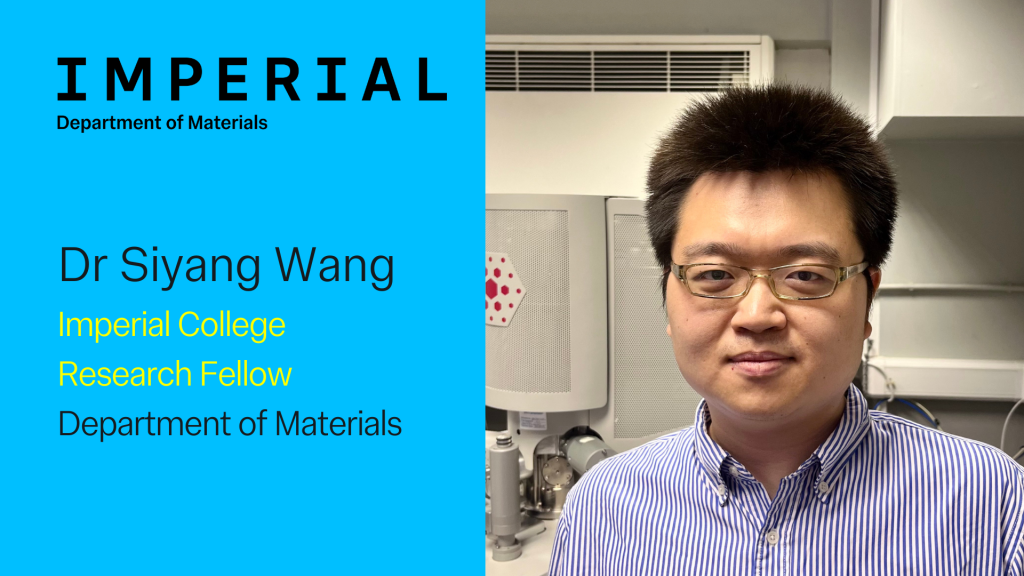
Dr Siyang Wang is an Imperial College Research Fellow in the Department of Materials. His research investigates how and why materials used in energy applications fall apart. This research includes materials used in nuclear power and batteries and could help avoid catastrophic accidents, like those at Chornobyl and Fukushima, and extend the life of everyday items, such as lithium-ion batteries. In this new blog post, he shares more about his research, why it’s important and how this research could make an impact.
What inspired you to become a Materials Scientist?
I enjoyed Physics at school, so when it came to choosing a university course, I wondered how I could continue studying what I was interested in, while also having the opportunity to work on something directly useful in daily life. Materials science became the answer.
How would you explain your research to someone outside the field?
I mainly work to understand why and how materials used in energy applications (such as nuclear power and batteries) fall apart, so we can prevent them from failing. This research could help avoid catastrophic accidents, like those at Chornobyl and Fukushima, and extend the life of everyday items, such as lithium-ion batteries.
Why did you study this area and why is it important?
Preventing materials from failing is crucial for safety and cost savings. My undergraduate university, Xi’an Jiaotong University, has a strong tradition in materials mechanics research in China. This influenced my decision to specialise in this field. Imperial also has strong expertise in this area, so I continued to work in this area in the Department of Materials.
How could this research make an impact?
My current research aims to contribute to achieving net zero emissions. By proving that the materials used in nuclear power plants are durable and safe, we can promote the development of nuclear energy and reduce CO2 emissions from electricity generation. Similarly, if batteries last longer by reducing internal mechanical degradation, it would lower living costs and enhance their effectiveness for renewable energy storage and grid stabilisation.
Who do you collaborate with at Imperial and beyond?
I work mainly on the micrometre scale (1/1,000 of a millimetre), which is useful but sometimes not detailed enough. Therefore, I collaborate with experts who can examine individual atoms, such as Dr. Catriona McGilvery, Research Facility Manager and Di Wang, Research Postgraduate and soon to be Dr!
Beyond Imperial, I have worked with collaborators in the UK (Oxford and KCL), Germany (Max Planck Institute for Iron Research), Sweden (Linköping University), and Switzerland (Empa). You can read our collaborative work with Dr Aaron Leblanc from King’s College London on the fine-scale structure and chemistry of Komodo dragon teeth in Nature Ecology and Evolution.
If you are dealing with a mechanical degradation issue in materials and want to understand and resolve it, why not get in touch?
What do you enjoy most about what you do?
As an experimentalist, I enjoy the mix of daily lab work, which involves a lot of technological considerations to ensure scientific rigor, and data analysis which tests your ability to apply and expand existing knowledge. I also enjoy learning new techniques, training students, and writing and reviewing papers. These varied activities make it hard to get bored.
What do you enjoy outside of research?
I travel a fair bit (when I’m allowed to). I went to Qatar and the UAE earlier this year, and it was interesting to find out the similarities in local food, markets and lifestyle to Xi’an, the place I grew up in China. Discovering these connections, likely due to historical links via the Silk Road, was fascinating.
What’s something your colleagues would be surprised to learn about you?
I’m actually allergic to chicken and eggs!
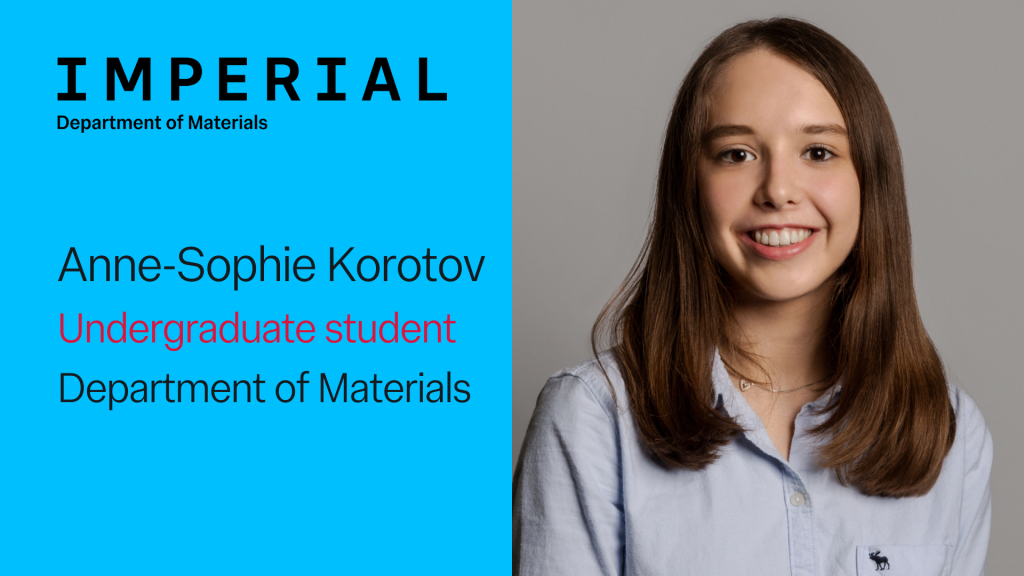
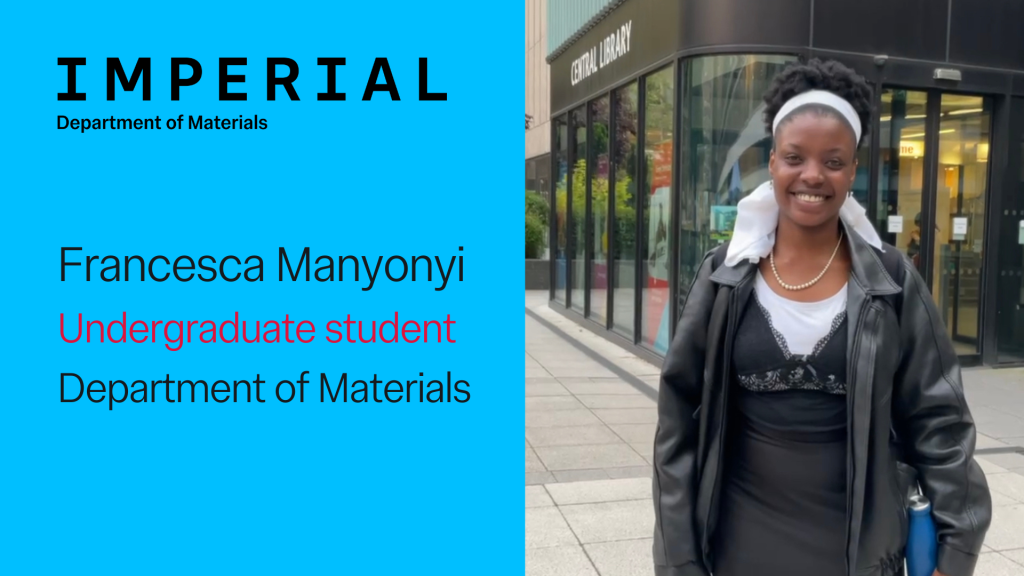
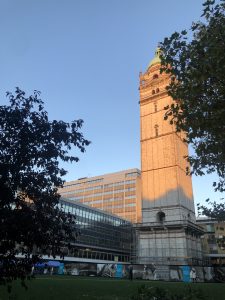 3. Believe in yourself
3. Believe in yourself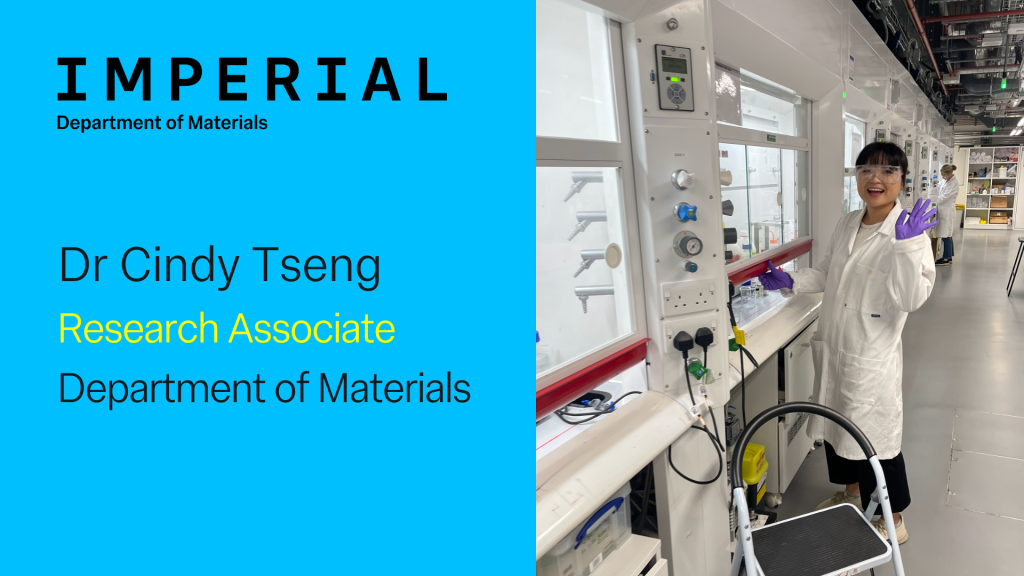
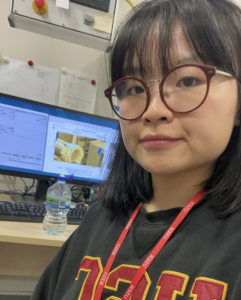

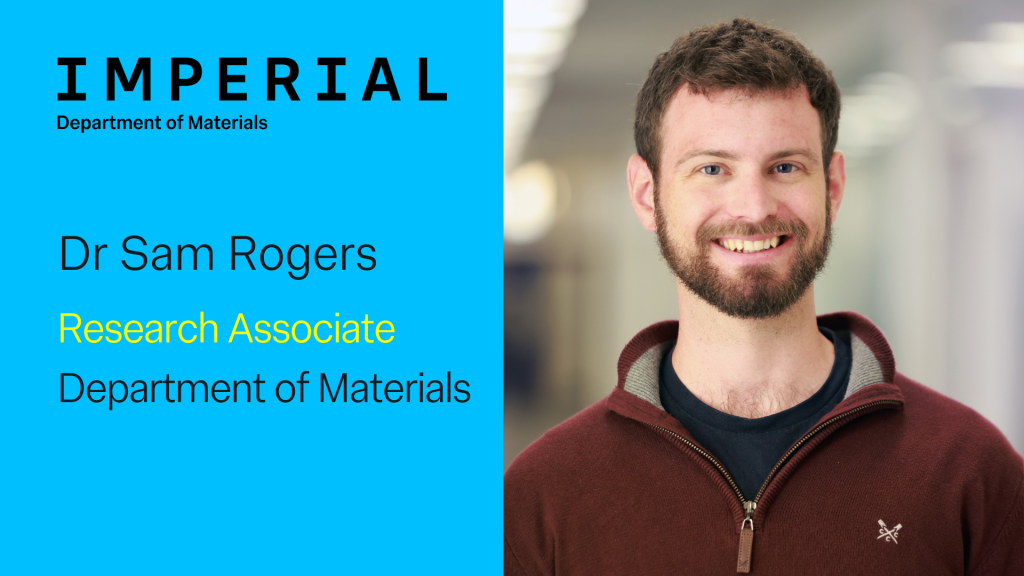
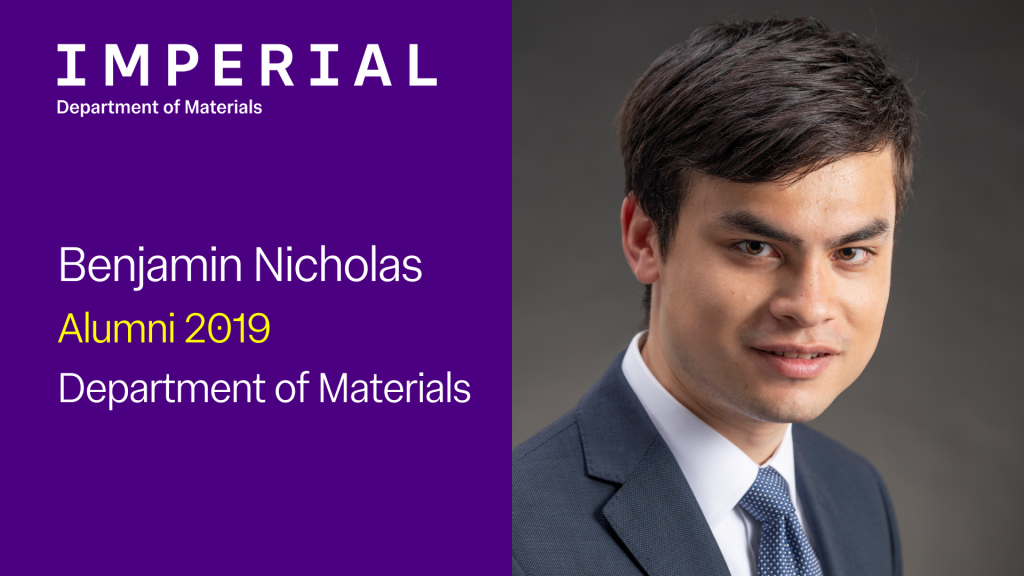
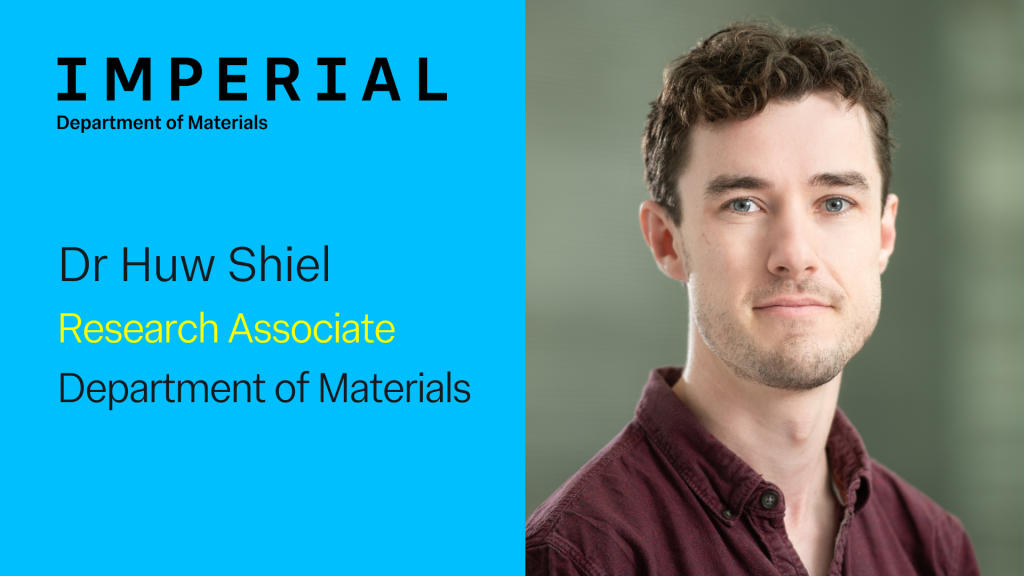
 Batteries and other energy storage solutions are critically important right now because, while solar and wind power are becoming very economically viable, they only provide intermittent power, and batteries are needed to level out this supply. The current lithium battery technologies use very unsustainable materials and the best alternatives just don’t have the same performance or lifetime. If we can understand how they degrade, then we can find ways to improve them.
Batteries and other energy storage solutions are critically important right now because, while solar and wind power are becoming very economically viable, they only provide intermittent power, and batteries are needed to level out this supply. The current lithium battery technologies use very unsustainable materials and the best alternatives just don’t have the same performance or lifetime. If we can understand how they degrade, then we can find ways to improve them.
 I have always been interested in the energy sector and completed research placements during my bachelor’s and master’s on organic batteries and solar cells. During the last year of my master’s, I became more interested in the materials science of the active layers in the devices than in the device fabrication, which had been my main interest until then. It fascinated me how you can shape the device, but it felt a bit like skipping a step not knowing well how the materials in it are oriented and interact. Deciding what the right use for a material depends on its structural and functional properties feels more natural to me and can lead us to targeted and informed device fabrication, so that is how I got into characterisation.
I have always been interested in the energy sector and completed research placements during my bachelor’s and master’s on organic batteries and solar cells. During the last year of my master’s, I became more interested in the materials science of the active layers in the devices than in the device fabrication, which had been my main interest until then. It fascinated me how you can shape the device, but it felt a bit like skipping a step not knowing well how the materials in it are oriented and interact. Deciding what the right use for a material depends on its structural and functional properties feels more natural to me and can lead us to targeted and informed device fabrication, so that is how I got into characterisation.


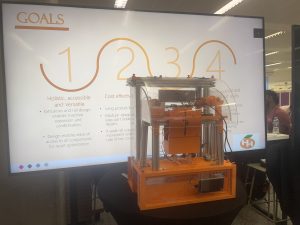

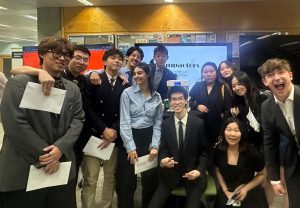 What did you learn?
What did you learn?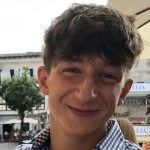
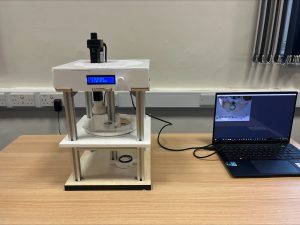 During the project, I learnt a lot about leadership in a large team and how
During the project, I learnt a lot about leadership in a large team and how 
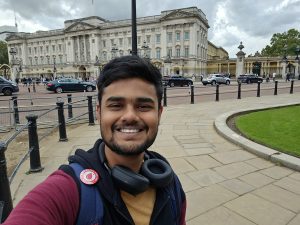 exploration and entertainment
exploration and entertainment